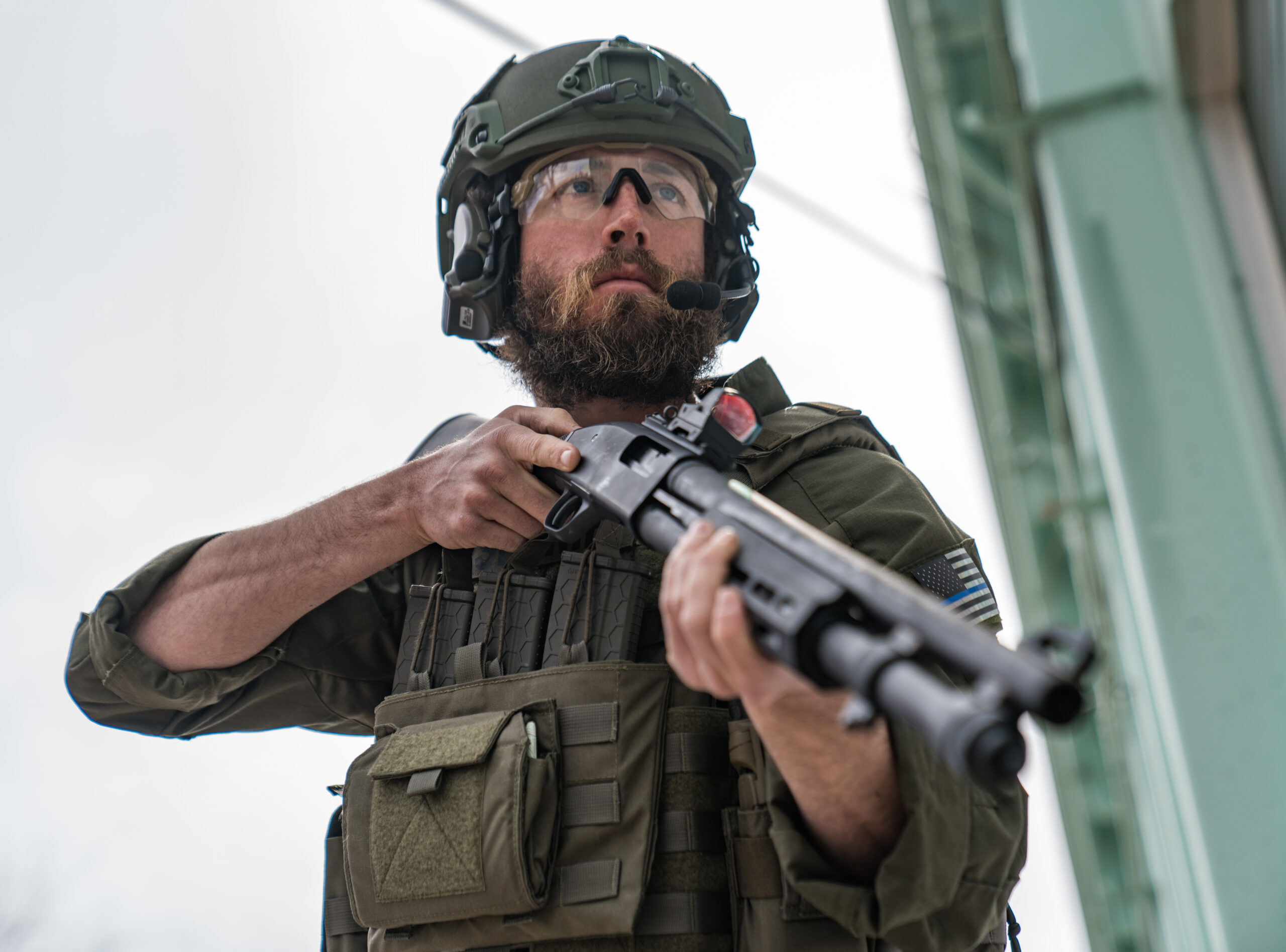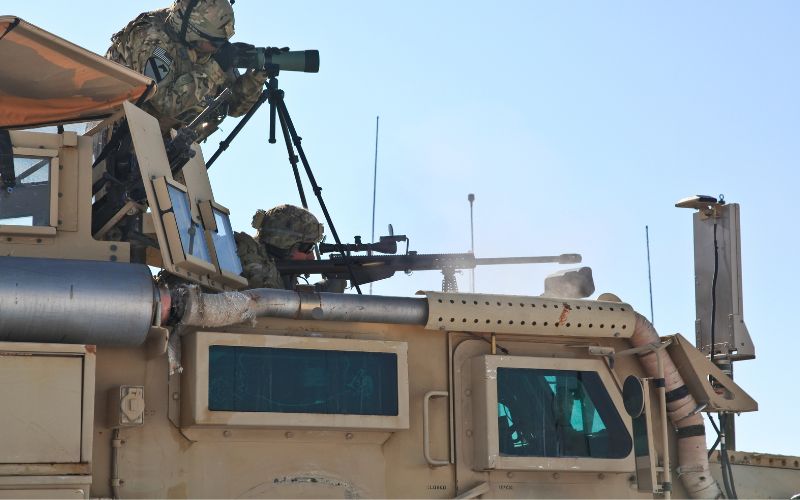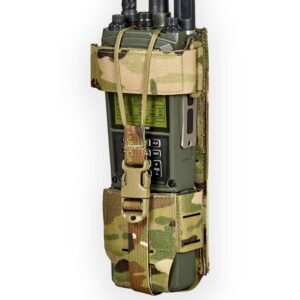How to create an emergency communication plan

Emergencies rarely follow a plan, and when they occur, they often lead to confusion. Effective communication can mean the difference between life and death in high-risk tactical environments, such as military operations, law enforcement, or emergency response. A well-planned emergency communication plan (ECP) keeps groups in harmony, information flowing freely, and vital decisions being made rapidly, even in the midst of utter chaos.
The Critical Role of Communication in Tactical Situations
In tactical missions, situations evolve rapidly, whether you’re in a combat deployment, responding to a natural catastrophe, or implementing a law enforcement operation. Poor communication can lead to confusion, misunderstandings, and operational problems.
In such high-pressure environments, communication does more than just transmit commands. It serves to:
- Maintain coordination between various teams operating from disparate locations.
- Provide timely and accurate information to facilitate quick decision-making.
- Help manage resources and prioritize activities based on real-time data.
- Reduce confusion and make operations smoother when every second matters.
Gear up with the Enhanced Multi-Platform Radio Pouch today!
Tips To Create A Good Emergency Communication Plan
A good emergency communication plan relies on key pillars that facilitate the smooth and easy sharing of information. These pillars are essential for your plan, enabling your team to manage any situation, even if communication systems are compromised.
1. Define Clear Objectives: What’s the Mission?
You must define your communication objectives before getting caught up in tools and channels. You need to understand what you need to do with your communication as the foundation of your ECP. Your objectives should align with your tactical objectives, whether it is maintaining control over a situation, ensuring the safety of people, or minimizing the impact of the disaster.
Your communication objectives may be:
- Establishing real-time communication between operating units and command centers.
- Important updates are shared with various units as they are created.
- Developing an integrated communication center for the processing of incoming and outgoing information.
The more specific your objectives, the better your team can execute a choreographed response as time dwindles.
2. Selecting the Proper Communication Tools for the Job
Communication tools can either make or break your operation in an emergency. In tactical operations, it’s a good idea to select tools that are not only powerful but also durable, reliable, and readily available.
Some of the most important communication tools are:
2.1 Two-Way Radios

The backbone of communication in tactical situations, especially for units working over large distances or involved in continuous, dynamic operations. Tactical radios offer direct, real-time communication that is not dependent on cellular networks, making them a must-have in military and law enforcement settings.
2.2 Satellite Phones
Satellite phones are a reliable form of communication in remote or rural areas where cell towers are not available. Since they’re more expensive and require more maintenance, they’re worth it when you’re isolated from regular networks.
2.3 Encrypted Messaging Apps
Encrypted messaging apps are essential for securely sending sensitive information, particularly in operations where confidentiality is crucial. With these apps, you can be sure that no one who shouldn’t be able to see your messages will intercept your communication.
2.4 Public Address Systems
In situations involving large crowds or evacuations, PA systems or loudspeakers can make vital announcements audible to all in the area, ensuring that even individuals without direct communication are informed of the situation.
3. Setting Up a Strong Chain of Command
Clear command makes communication smooth in any tactical situation. A clear chain of command makes communication simple and avoids confusion. Everyone knows who they report to, allowing for quick and firm decisions when coordination is needed. The chain of command usually includes:
3.1 Command Center
The focal point of every decision is normally staffed with current information from senior leaders. They are responsible for maintaining a high-level view of the situation in general and guiding the field teams.
3.2 Team Leaders
Each tactical team must have a leader for special functions or sectors. These leaders obtain guidance from the command center and relay it to their team.
3.3 Operational Units
The teams on the ground carry out specific operations, such as search-and-rescue, perimeter security, or addressing critical situations.
4. Standard Operating Procedures: A Blueprint for Success

During a crisis, the last thing you want to do is waste time figuring out how to communicate. Standard Operating Procedures (SOPs) are the answer. SOPs provide a blueprint for information sharing in the case of a tactical emergency.
They must contain:
4.1 Communication Templates
Pre-written templates to utilize as frequently used messages (such as incident reports or the situation now). They avoid confusion and speed up message transmission.
4.2 Predefined Codes
Developing and standardizing codes (such as using the NATO phonetic alphabet or radio 10-codes) will enable information to be transmitted openly without misinterpretation.
4.3 Redundancy Measures
The availability of redundant methods—either alternate channels of communication or manual signaling techniques—will allow the emergence of another system that can easily take over if one system fails.
Standardizing how one communicates will reduce errors through incautious or unclear communications and enable your team to run smoothly.
5. Training and Simulations: Ready for Anything
No plan will work unless it is rehearsed and refined on a regular basis. Emergency communication plans should be tested periodically under real-life simulations. Training familiarizes the team with tools, SOPs, and procedures so all members know what to do under pressure.
Drills should cover:
- Operating communication tactical tools under stress.
- Receiving and sending messages to minimize errors.
- Recovering from communication failures, such as system failure or loss of power.
Realistic and ongoing training also enables you to identify and address gaps in the plan before an emergency occurs.
Conclusion: The Power of a Well-Executed Emergency Communication Plan
In a tactical environment, the ability to communicate is often the deciding factor in victory. With the proper communication tools, a well-disciplined chain of command, effective Standard Operating Procedures (SOPs), and regular training, your team can be in top form, even amid chaos. Having an effective emergency communications plan means not just preparing for an emergency—you’re ensuring that your team will react with accuracy, precision, and velocity when each second matters.
Frequently Asked Questions
What tactical emergency equipment should be given top priority in a tactical emergency?
Two-way radios for instant, secure communication, satellite phones for remote terrain, and encrypted messaging software for sensitive information are the top equipment for tactical operations. The choice depends on terrain and operational conditions, but radio communication is often the most reliable.
How often should tactical communication plans be tested and updated?
Tactical communications plans should be exercised at least quarterly, with more frequent drills and reviews as new technology is introduced or operating conditions change. Feedback should be received after each real-world deployment or exercise, and the plan should be adjusted to address any issues that arise.

